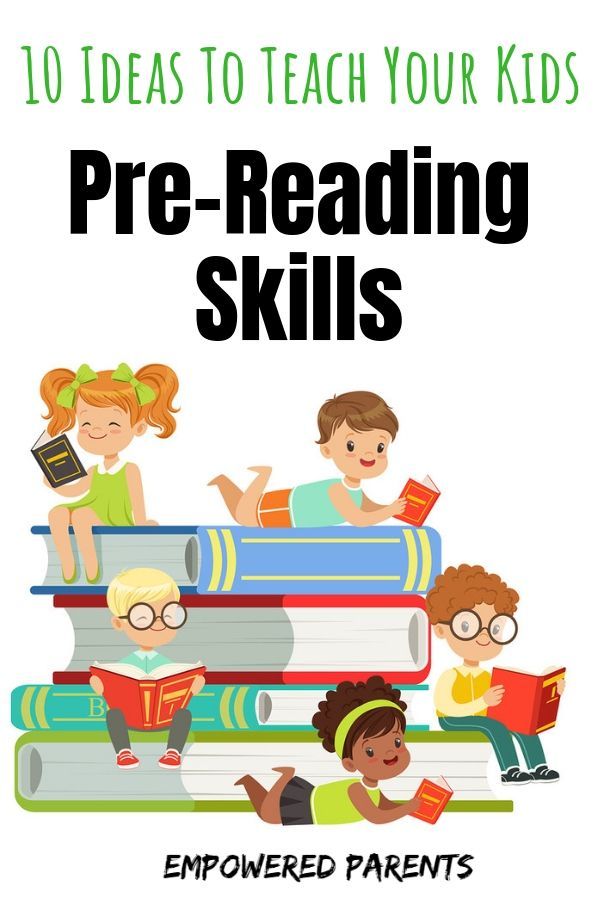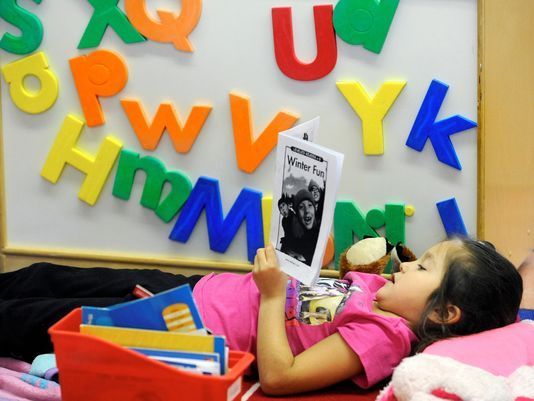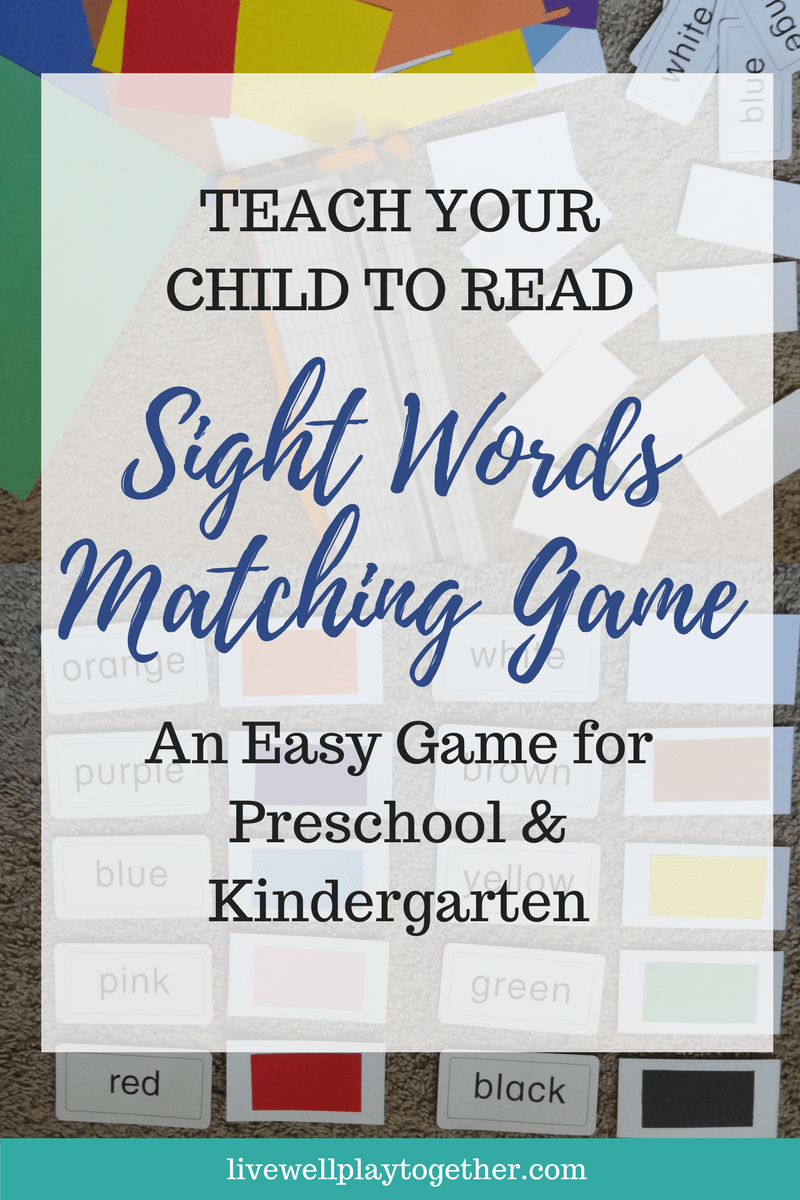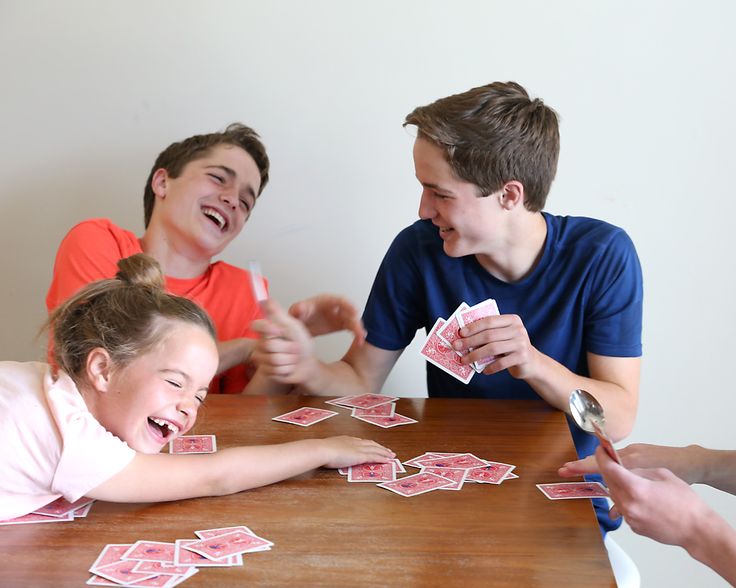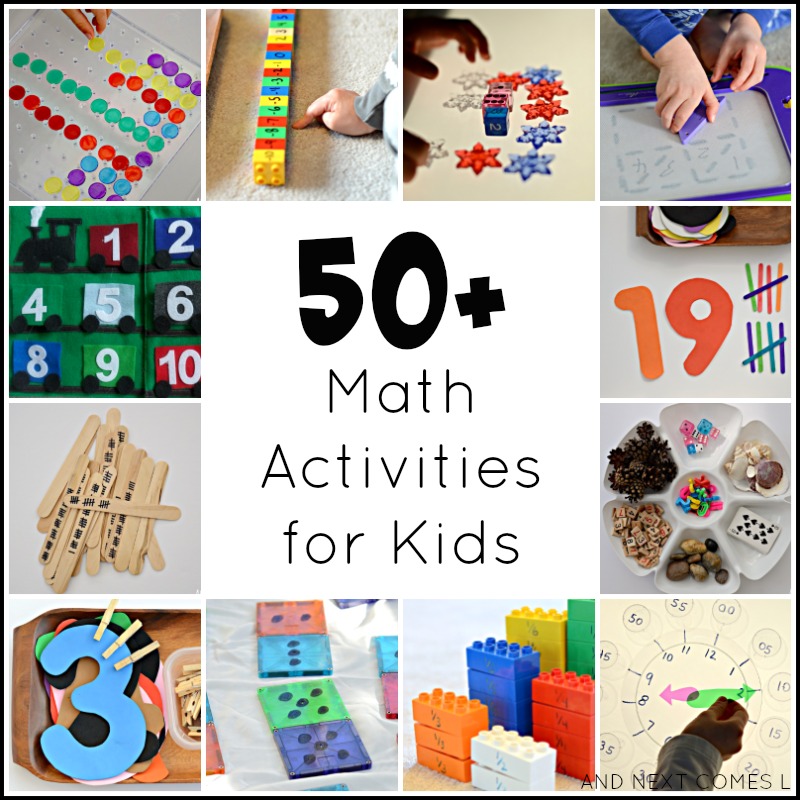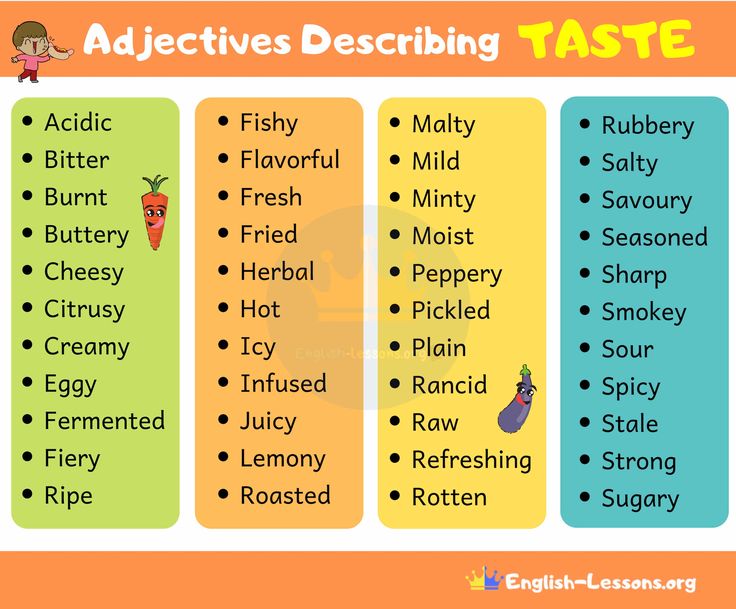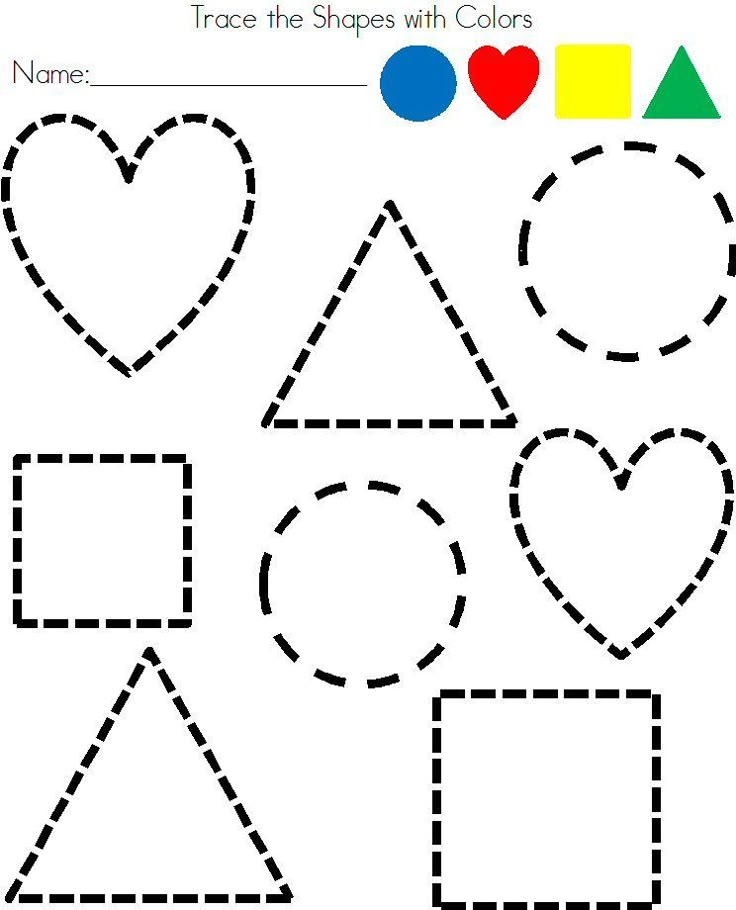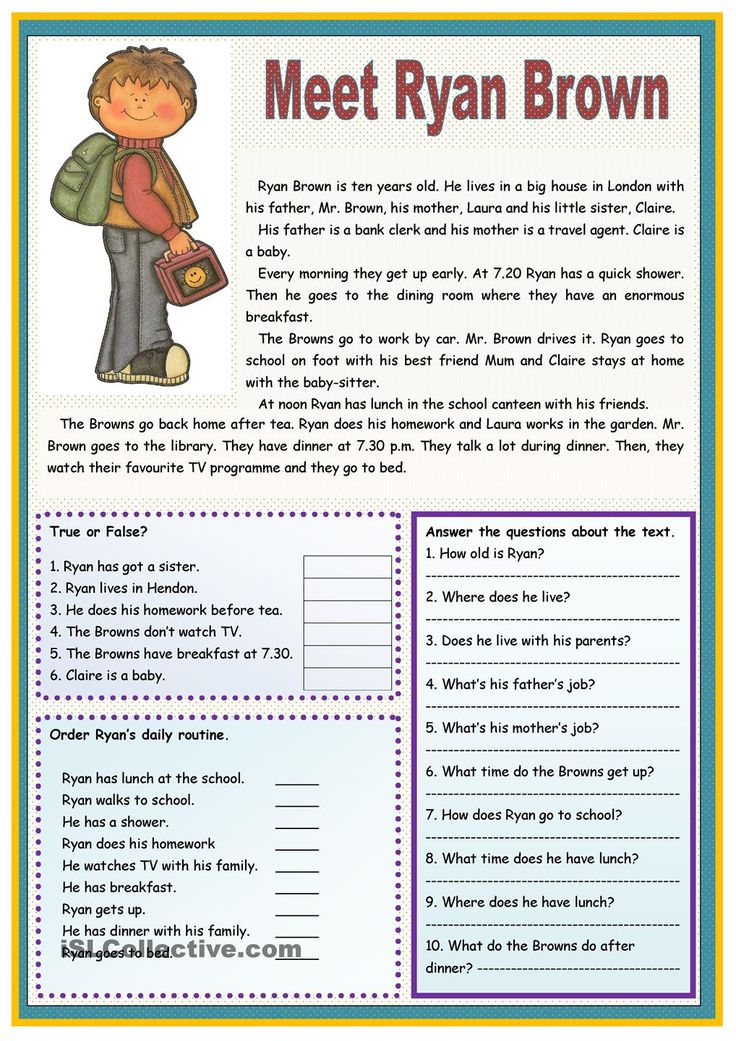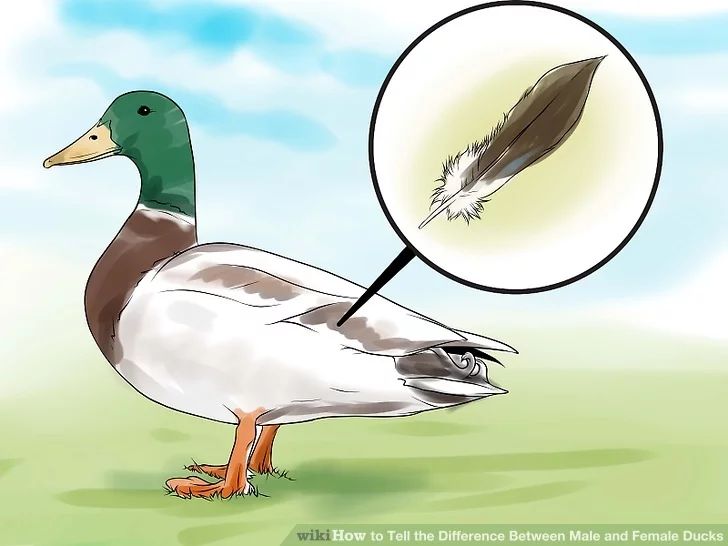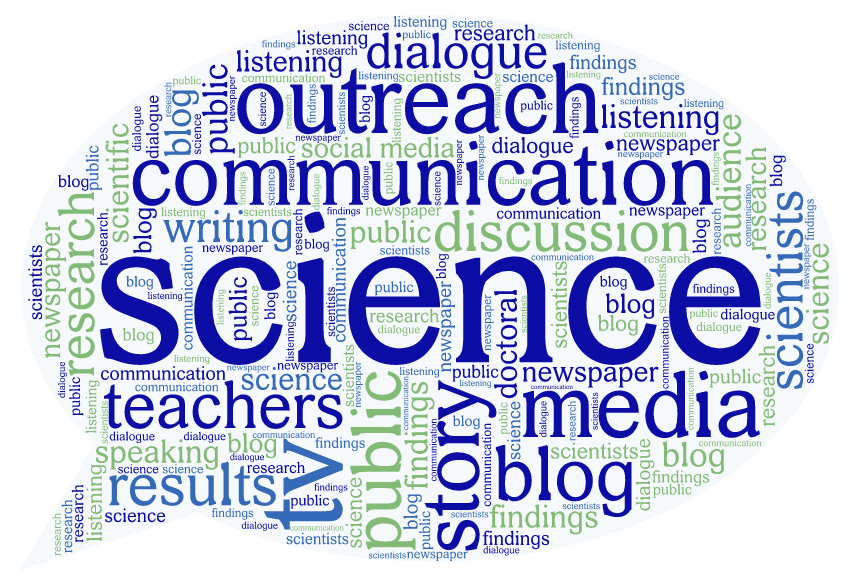Pre a reader
What Does a Pre-A Guided Reading Lesson Look Like?
“How am I supposed to do guided reading with my students who when they don’t even know their letters?” If you’re a kindergarten teacher, you’ve probably asked this question. The answer is a Pre-A guided reading lesson.
Pre-A readers are students who are not quite ready to ready to read text. These are students who usually know less than 40 letters (uppercase and lowercase). They often need to work on concepts of print and phonological awareness skills.
Sometimes called a Level AA guided reading lesson, a Pre-A guided reading lesson focuses on the important foundational skills a student will need in order to read.
What To Work On With Pre-A Students
Before you decide what to include in your Pre-A guided reading lesson, you will want to assess your students. Students at a level AA guided reading level can have a wide variety in their skills.
Some students may have strong concepts of print but be unable to identify letters or letter sounds. Others may know a majority of their letters, but be unable to apply that to a level A text.
Before you plan, you will want to assess your Pre-A students on these skills:
- Recognizing and writing their name
- Letter ID
- Letter Sounds
- Concepts of Print (letters vs words, reading left to right, etc)
- Phonological Awareness (rhyming words, syllables, first sound)
What to Plan For Your Pre-A Guided Reading Lesson
Once you have assessed your students, you can start planning your Pre-A guided reading lesson. You may not need every part of a normal Level AA guided reading lesson. Pick and choose based on your students’ needs.
Usually at the beginning of the year, my Pre-A students need to work on recognizing and writing their names.
I like to have my guided reading small groups begin with a name activity. Once they learn the routine, my students can do this activity independently. This is helpful because students can get right to work while friends are still making their way to my table.
One of my favorite name activities is name puzzles. You can differentiate this by giving students a model of their name for support. Once students can build their name independently, you might take away the model.
You can also make more or less cuts in the name puzzles. At first, you might just cut students’ names in half. Eventually every letter will be cut apart.
Alphabet Activities for Pre-A Guided Reading
Alphabet practice is a big part of our Pre-A guided reading lessons. Since this can include a wide range of skills, I try to group students with similar needs.
Alphabet skills you might work on include:
- Letter discrimination
- Sorting letters by shape
- Matching letters to an alphabet chart
- Matching uppercase and lowercase letters
- Naming letters
- Identifying letter sounds
- Identifying beginning sounds
One of my favorite alphabet activities during our guided reading small groups is to have students match letters to an alphabet chart.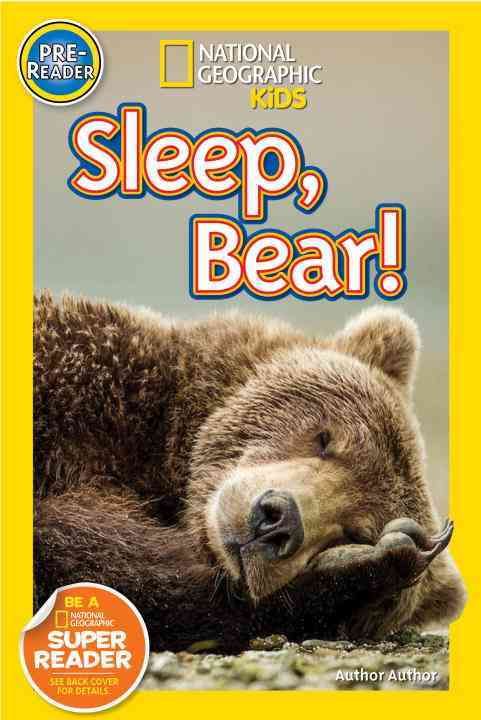
If this gets old, you can make it new again by having students shake up letters in a can, spill them, and then match them.
Being able to discriminate between letters and identify them even with a different font is important. Not every book will have the same font!
I choose a letter most students know and a letter they are still learning to sort.
We also use do our alphabet chart routine every single group. You can use an alphabet chart or an alphabet tracing book for this routine.
Together, we will point to each letter and say the letter, picture, then the letter sound. I have seen the most growth in letter ID and sounds with this routine. We do the same alphabet chart routine during our morning meeting.
This may be an unpopular opinion, but I don’t think students need to be able to name the majority of their letters before moving on to Level A. To me, it’s more important that students are able to identify what sounds a letter makes. This will help them decode.
Phonological Awareness Activities for Level AA Readers
Phonological awareness activities are also a big part of our guided reading small groups. Having strong phonological awareness skills is essential for reading success.
Phonological awareness skills we might work on:
- Identifying rhymes
- Producing rhymes
- Clapping syllables
- Counting syllables
- Identifying whether words begin with the same sound
- Identifying first sounds in words
This can be a quick part of your lesson! One activity we love is thumbs up/thumbs down. I say two words. If they [rhyme, start with the same sound, etc] students give me a thumbs up. If they do not, students give me a thumbs down.
Picture sorts are also an easy, hands-on activity. Students can sort pictures by ending rime, number of syllables, or beginning sounds.
Concepts of Print Activities for Kindergarten
Concepts of print and book handling skills are so important for emergent readers. I will choose an activity based on what my students are struggling with.
I will choose an activity based on what my students are struggling with.
Students need to understand the difference between letters and words. They need to understand that letters build words before they can decode. This lesson will help give them a strong understanding.
Once students know what a word is, they can practice pointing one to one and counting the words in a sentence.
After that, students can work on reading left to right. This activity is one of my favorites for practicing reading left to right.
Students will move a counter left to right under the pictures. As they do, they will say the picture words.
Level AA Books for Pre-A Guided Reading
Of course, we need students to practice actually handling a book and reading during guided reading, right?
Depending on where my students are, I use both level AA and level A books during my Pre-A guided reading lessons. Level AA books usually include one sight word and a picture word.
Level AA books are perfect for emerging readers who are just getting used to pointing one to one and tracking text. They also help build reading confidence as students become able to read them themselves.
Once my students can track text one to one and follow a longer pattern, I begin using Level A books. These books include sentences with 3-5 words. They have the same word pattern on each page.
Mixed Up Sentences and Guided Writing
After we read our book, we complete a mixed up sentence and guided writing. The sentence I choose is simple (3-5 words) and includes the sight word or pattern in our book.
I will use a long sentence strip and draw a line for each word. We will say the sentence several times together while pointing to the lines.
Then, I will have the students help me write the words, with one student writing a word on a line. For words that are not sight words, I will have the students identify the beginning sound and then write only the first letter.
After we write all the words, we will say the sentence again.
Then, I cut up the sentence into words. Each student gets a word. Together, we will fix the sentence and then read it again. I let one student take the sentence home to fix with their family.
Need Pre-A Guided Reading Lessons and Materials Ready to Go?
My Pre-A guided reading unit contains everything you need to teach your Pre-A guided reading groups. It includes 12 Level AA guided reading books, lesson plans, and materials to teach concepts of print, names, and letters.
If you are distance learning in kindergarten, this unit also includes digital guided reading books and digital word work and concepts of print activities.
Grab the Pre-A guided reading unit here!
Do you love free stuff?
CVC Decodable Readers
Sign up for my FREE email newsletter and receive five short vowel decodable readers!
I need these!
You May Also Enjoy These Posts
Reader Interactions
Hot in the Shop
More Products
All We're Missing is You!
Join us over on Facebook for even more great resources, ideas, and teaching tips for kindergarten and early elementary teachers!
Join Us on Facebook
Welcome Friends!
My name is Natalie and I am the face behind Natalie Lynn Kindergarten.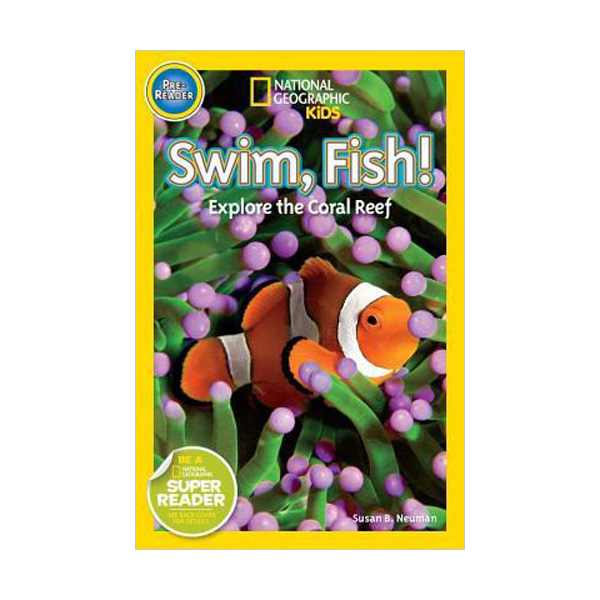 My passion is creating hands-on and engaging resources for the classroom and helping teachers to make learning FUN again! I love showing teachers how they can give students ownership over their learning and create meaningful learning experiences.
My passion is creating hands-on and engaging resources for the classroom and helping teachers to make learning FUN again! I love showing teachers how they can give students ownership over their learning and create meaningful learning experiences.
More About Me
Manage consent
Guided Reading for the Pre-A Reader and Emergent Learner
Happy Wednesday friends and welcome back! If you missed last week’s review of chapter 1, click here and check it out! You can also check out the Live video playback on FB here. Today is all about Guided Reading for the Pre-A Reader – Chapter 2 of The Next Step Forward in Guided Reading. (A little late to the Summer Book Study party? No problem. Go buy the book HERE and jump into chapters 1 & 2.)
2018 Summer Book Study
The Next Step Forward in Guided Reading!
Don’t forget to check out Greg on his blog here, or his FB and Instagram!
Can I just say how much I love this book?! Sometimes pd books are dry and filled with jargon, that is difficult to digest and just boring to read. But not this book!! I love how Jan Richardson combines a little research with practical, easy to implement ideas for any classroom teacher. Okay…now on to chapter 2!
But not this book!! I love how Jan Richardson combines a little research with practical, easy to implement ideas for any classroom teacher. Okay…now on to chapter 2!
What is a Pre-A Reader?
- A student who knows fewer than 40 upper and lowercase letters.
- Lack concepts of print; left-to-right tracking; does not know the difference between a letter and a word
- Needs assistance learning how to write name and make correct letter formation.
So, essentially we are talking about the majority of incoming kindergartners! 😉 LOL.
And just like we talked about last week with chapter 1, use the 3 step guided reading process:
Assess, Decide, Guide.
For the assessment part, I can’t recommend ESGI Assessment Software enough!! In chapter 2, Jan provides a letter/sound checklist and other assessment forms. But I can’t stand keeping track of those papers. I always seem to misplace them. Ugh. Eliminate all those papers and save tons of time by just using ESGI! (Plus, use the code CHAOS for a free trial membership and $40 off your year-long license. )
)
So, now you have assessed all of your students and decided what guided reading groups you will have. It’s now time for the guide time.
Materials to Use for Guided Reading with Pre-A Readers – Emergent Learners
As primary teachers, we know that students do best when ‘doing’ and being able to use a variety of materials, so here is a list of materials that you will be using with your Pre-A Emergent Learners.
- Alphabet Tracing Books
- Alphabet Chart in Plastic Sheet Protector
- Name Templates
- Name Puzzles
- 6-8 Sets of lower-case magnetic letters
- Dry Erase Markers
- Beginning Sound Pictures
- Sentence Strips
- Pair of Scissors
- Level A Books
- Timer
Tips for Small Group – Guided Reading Lessons for Pre-A Readers & Emergent Learners
- Provide developmentally appropriate small-group instruction.
- Purpose is to teach foundational skills.

- Letter Names & Sounds
- Letter Formation
- Phonological Awareness (syllable, rhymes, initial/beginning sounds)
- Concepts of Print
- Oral Language
- Start the 2nd week of school if possible. (The sooner you start, the better.)
- Tactile and Kinesthetic Tracing is imperative to building muscle memory for properly forming letters.
- Targeted small group lessons should never be more than 20 minutes.
- Each lesson should include 1 activity from each of the 4 components.
- Working with Names & Letters
- Working with Sounds
- Working with Books
- Interactive Writing
- Each component should only be 3-5 minutes and purposeful.
- Limit teacher talk during lesson.
What a Small Group – Guided Reading Lesson Looks Like for Pre-A Readers & Emergent Learners
First, Jan Richardson gives some eye-opening reasoning and research for kinesthetic and tactile tracing of letters.
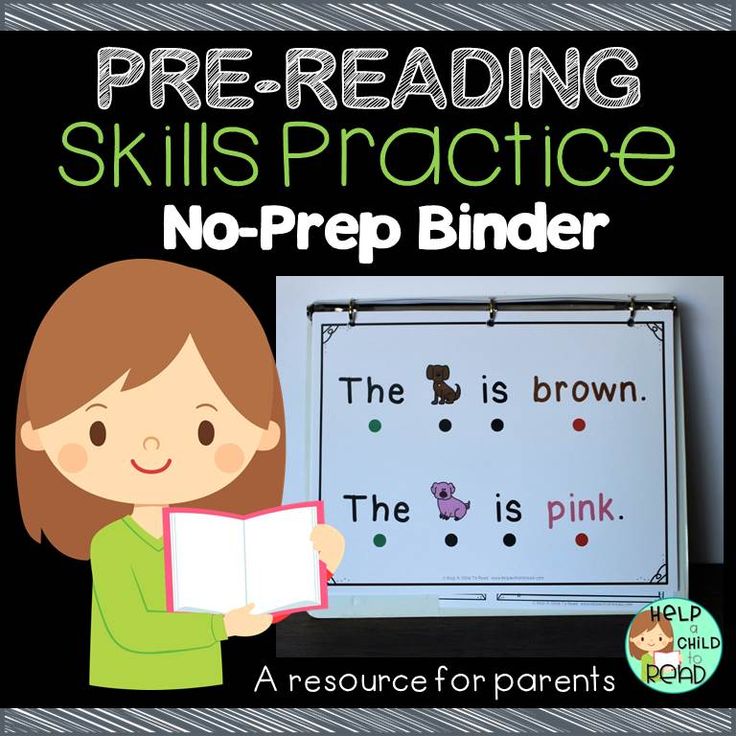 I always have my students trace letters, when I am teaching letters, but I have never had them use specific letter cards to ONLY trace with their finger. But it makes absolute sense that in order to build that muscle memory for creating the correct formation, students need to practice with specific tactile letter tracing. This was new to me, since I have them ‘sky write’ the letters, using large motions in the air, but never specific letter cards. But I am on it next year and even created a set that follows all of her stipulations! 🙂 You can check them out HERE and I put them on sale for all of YOU READERS!! Students should practice with teacher, older student or aide to physically trace the capital and lowercase letter, saying the letter name each time. Student should point to the initial sound picture and name it.
I always have my students trace letters, when I am teaching letters, but I have never had them use specific letter cards to ONLY trace with their finger. But it makes absolute sense that in order to build that muscle memory for creating the correct formation, students need to practice with specific tactile letter tracing. This was new to me, since I have them ‘sky write’ the letters, using large motions in the air, but never specific letter cards. But I am on it next year and even created a set that follows all of her stipulations! 🙂 You can check them out HERE and I put them on sale for all of YOU READERS!! Students should practice with teacher, older student or aide to physically trace the capital and lowercase letter, saying the letter name each time. Student should point to the initial sound picture and name it.(Read pg 29-31 for more details)
These are the whole-group letter tracing practice sheets that I use in my classroom too. These are meant to be done with writing tools. 🙂
🙂
This is important, since phonetic writing often starts with letters from a child’s name. Don’t forget to keep a quick pace, using a timer, if necessary. Choose 1 name activity to do for the day’s lesson.
- Name Puzzles
- Magnetic Letters – Students match the magnetic letters to their name (which is in a plastic sheet protector)
- Match magnetic letters to an alphabet chart
- Name letters
- Find letters on an alphabet chart
- Name a word that begins with that specific letter
- Find the Letter that Makes this Sound
- Name the letter that begins with this word
If you are looking for more name activities, check out this post.
Do one activity a day to help assist in teaching phonological awareness. Here are a few ideas:
- Clapping syllables (use the pictures on the alphabet chart to say, and then clap the syllables.
- Hearing rhymes (say 2 words and have students repeat them.
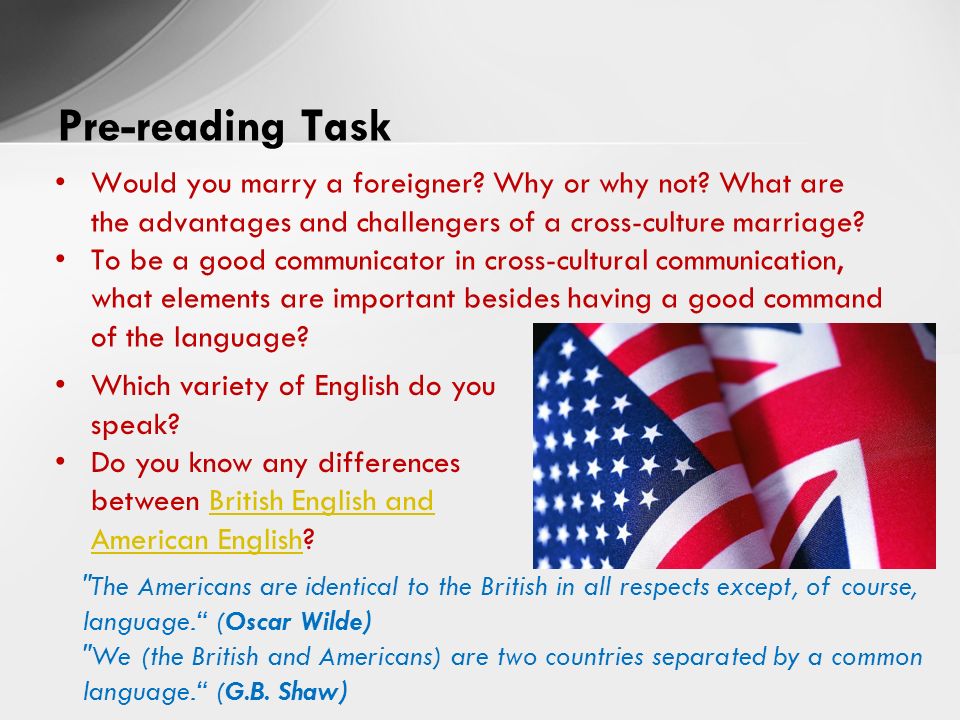 Thumbs up if they rhyme, thumbs down if they don’t. Use words that are distinctly different and not words that share the same initial sound)
Thumbs up if they rhyme, thumbs down if they don’t. Use words that are distinctly different and not words that share the same initial sound) - Sorting pictures (students will sort pictures by their initial sound and match it to the specific letter of focus)
I created these alphabet picture cards a few years ago and they are perfect for this activity, since there are several for each letter and they are small! You can see them HERE.
Select a simple level A book (remember you want to teach to the more challenging, instructional level, which is a little too hard for them) Here is a sample of Level A books. You can purchase on Amazon HERE.
Here are the main ideas for working with books:
- Picture Preview
- Shared Reading
- Concepts of Print
Students will be assisting the teacher in writing by sharing the writing utensil. Here are some ideas that Jan suggests for interactive writing:
- Dictate a simple sentence
- Students repeat sentence.
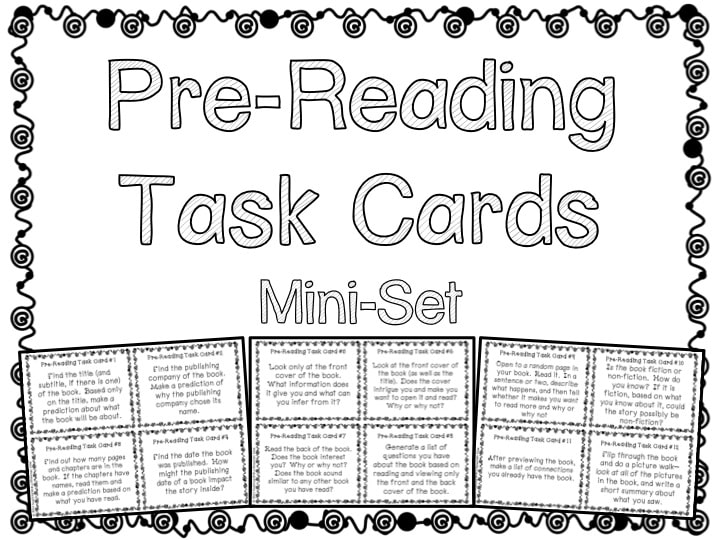 Teacher draws a line for each word.
Teacher draws a line for each word. - Students can assist the teacher by writing the dominate sounds in each word on it’s specific line.
- While one student is writing, the others will be practicing writing that specific letter too.
- Select 1 or 2 letters to teach correct letter formation.
- Specific letter formation chants and information can be found on page 43
- Students will cut sentence from sentence strip up into parts and then put them back together to remake it. Students can take home their own sentence to practice.
While I do a lot of the suggestions that Jan makes in this chapter, I am feeling more confident in my Pre-A Readers guided reading group for next year. I have a plan and will start this group earlier, than in years past. This chapter is full of explicit teaching/instruction and a plethora of ideas and resources for teachers to use! I hope you learned something and would love for you to share! Leave a comment for me below, or meet me on Instagram or FB during one of my LIVE chats!
Don’t forget to check out Greg’s recap of Chapter 2 HERE!
Tagged emergent learnersguided readingjan richardsonpre a readerssummer book studysummer book study 2018
Duties to the reader and writer
Tselina! This word is fanned by the romance of the conquest of epic, heroic steppes by Soviet people, where feather grass and wormwood grew for centuries, and now wheat has begun to grow. Upturned virgin soil has firmly entered the theme of multi-genre Kazakh literature. There is no such writer in Kazakhstan who would not visit the field camps. It is impossible to write about modern Kazakhstan - about its industry, collective farm construction, science, culture - without touching the virgin lands, because its development is inseparable from all areas of the life of the republic. This is connected with the decisive turn of Kazakh literature towards modern themes, towards a full-blooded depiction of the heroes of our time. This process, which unfolded so actively after the 20th Congress of the CPSU, has already given its tangible results - dozens of works of all genres about the labor exploits of our contemporaries, the builders of communism, have appeared. The literature of Kazakhstan, like the literature of our other republics, entered the all-Union arena. Her best creations are well known to our multinational reader. The connections of Kazakh literature with other literatures are being strengthened.
Upturned virgin soil has firmly entered the theme of multi-genre Kazakh literature. There is no such writer in Kazakhstan who would not visit the field camps. It is impossible to write about modern Kazakhstan - about its industry, collective farm construction, science, culture - without touching the virgin lands, because its development is inseparable from all areas of the life of the republic. This is connected with the decisive turn of Kazakh literature towards modern themes, towards a full-blooded depiction of the heroes of our time. This process, which unfolded so actively after the 20th Congress of the CPSU, has already given its tangible results - dozens of works of all genres about the labor exploits of our contemporaries, the builders of communism, have appeared. The literature of Kazakhstan, like the literature of our other republics, entered the all-Union arena. Her best creations are well known to our multinational reader. The connections of Kazakh literature with other literatures are being strengthened. The literary life of Kazakhstan is becoming more intense and interesting.
The literary life of Kazakhstan is becoming more intense and interesting.
But all these successes do not give any grounds for complacency and complacency. I am talking about them in a general way, because the main attention should be paid to unresolved problems. It is impossible not to see that Kazakh literature has not yet managed to rise to a height worthy of the gigantic growth of our people. For many vital questions, especially acute today, readers do not find an answer in the books of Kazakh writers. Speaking to figures of literature and art, N. S. Khrushchev said: “It must be said frankly that we have not yet clearly shown those great historical transformations that have occurred in the life of the peoples of our republics during the years of Soviet power. And in this regard, our workers in literature and art are indebted to the people. I would like to advise writers and artists to take a closer look and delve deeper into the life of all the nationalities of our country. These words fully refer to the writers of our republic.
These words fully refer to the writers of our republic.
The most serious shortcoming of many works of the writers of Kazakhstan is pettiness. Minority manifests itself in different ways. And then, when the writer, instead of raising important, burning problems of our time, describes for the thousandth time the sadness and sadness of disappointed, deceived girls, individual and collective expeditions of horsemen to auls for brides and other phenomena that go into the realm of legend. And then, when a large, large topic is interpreted by the author in a petty, mundane, primitive way and, in fact, is discredited.
Listening and reading the speeches of the delegates of the XXII Party Congress, we noted with excitement to ourselves: “What wonderful people we have! How fast they grow! How they think broadly, perspectively, state-wise!” But are there many truly great characters in our literature? Are there many intellectually rich, generous-hearted, sensitive characters in our books?
What are the reasons for the shortcomings of Kazakh literature? What has it already conquered and can serve as the basis for further development - a deep assimilation of modernity? These questions must be answered by literary criticism. But the tasks of criticism are wider. She cannot limit herself to the role of a "mentor" of writers, a connoisseur of works. It should also be an educator of the reader, should promote ideological and aesthetic values, be a guide, a guide to the living literature of today.
But the tasks of criticism are wider. She cannot limit herself to the role of a "mentor" of writers, a connoisseur of works. It should also be an educator of the reader, should promote ideological and aesthetic values, be a guide, a guide to the living literature of today.
How do critics of Kazakhstan cope with this wide range of tasks?
In recent years, your criticism has become more active, its attention to books about modernity is indicative: it can be said with confidence that there was not a single significant, interesting work that was not noticed by critics. The collective discussion of complex and controversial problems is becoming more and more common in literature. In the magazine "Zhuldyz" a discussion was held about the Kazakh story and the skill of the novelist. Discussed - with the participation of prominent writers and literary critics - and the problems of literary criticism itself. Scientific and creative conferences dedicated to the results of the literary year turned out to be very useful. Proceedings of these conferences 1959 - 1960 formed the basis of the book "Under the Banner of Socialist Realism". And even though not all articles in this collection are equally informative and interesting, even if there are provisions in them that one cannot agree with, the main thing that I want to say in connection with scientific and creative conferences following the results of the literary year is about a beneficial turn not only in literature, but also criticism to modernity.
Proceedings of these conferences 1959 - 1960 formed the basis of the book "Under the Banner of Socialist Realism". And even though not all articles in this collection are equally informative and interesting, even if there are provisions in them that one cannot agree with, the main thing that I want to say in connection with scientific and creative conferences following the results of the literary year is about a beneficial turn not only in literature, but also criticism to modernity.
Theoretical works and critical speeches of Mukhtar Auezov acquired an All-Union sound.
The scope of our criticism is expanding. She begins to go beyond her native literature, comparing the works of Kazakh writers with the books of Russian artists, with books published in other fraternal republics. There is already a small but positive experience here. I will name the article by S. Kirabaev “The Writer and Modernity”, in which the author’s conclusions are confirmed by materials not only from Kazakh, but also from other literatures of the peoples of the USSR.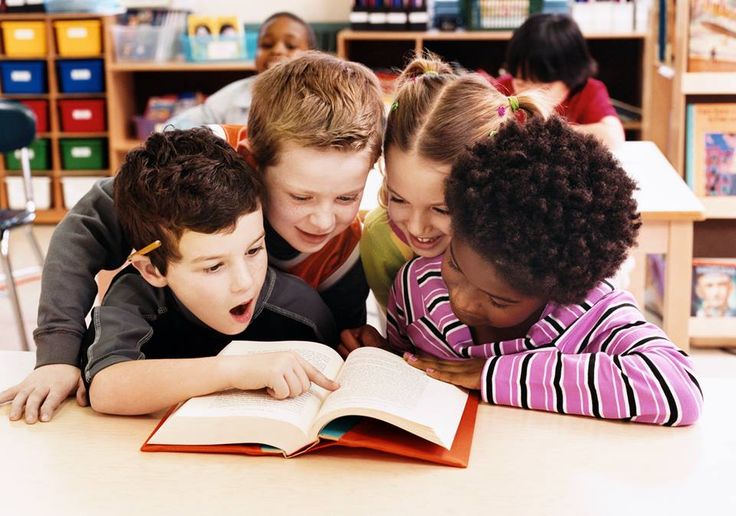 The young critic M. Duysenov, speaking about the national features of Kazakh literature, considers its relationship with other fraternal literatures. K. Nurmakanov is engaged in an in-depth study of the problems of Kyrgyz literature.
The young critic M. Duysenov, speaking about the national features of Kazakh literature, considers its relationship with other fraternal literatures. K. Nurmakanov is engaged in an in-depth study of the problems of Kyrgyz literature.
It is known that the aesthetic level of criticism, its theoretical "equipment" is largely determined by the degree of scientific maturity of literary criticism. This rule is also confirmed by our experience. The older generation of Kazakh literary critics - doctors and candidates of philological sciences, university professors and scientists of the Academy of Sciences of the Kazakh SSR - are conducting a large and fruitful research work. The two-volume “History of Kazakh Literature”, “Essay on the History of Kazakh Soviet Literature”, such books as “Thoughts of Different Years” by M. Auezov, “Creative Biography of Abai” by M. Silchenko, “Poetic Language of Abai” by K. Dzhumaliev, “ Akyns” by E. Ismailov, “Poetry and Life” by A. Tazhibaev, works about Kazakh folklore by M.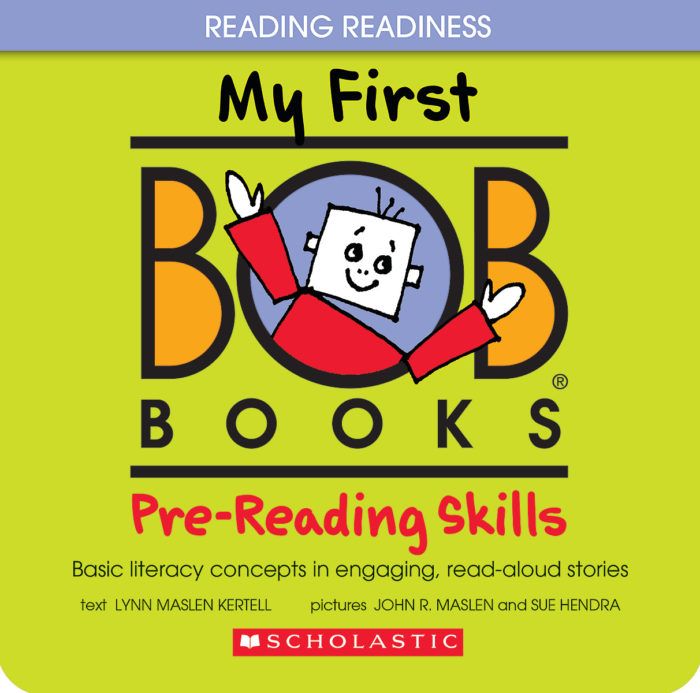 Gabdullin, collections of articles by S. Mukanov, K. Nurmakanov, E. Ismailov, S. Kirabaev, K. Kuttybaev. We have never had such a rich harvest!
Gabdullin, collections of articles by S. Mukanov, K. Nurmakanov, E. Ismailov, S. Kirabaev, K. Kuttybaev. We have never had such a rich harvest!
Russian critics are also showing increasing interest in the development of the literatures of the peoples of the USSR. An interesting book about Kazakh literature by Z. Kedrina, “From a Living Source,” was published in Moscow. With what love and exactingness the works of Kazakh writers were discussed by the most prominent Russian masters of the word, critics and literary critics during the decade of Kazakh art and literature in Moscow! Of course, this cannot but have a beneficial effect on the development of Kazakh criticism.
All the facts I have cited characterize our literary life in recent years. And yet, no matter how encouraging they are, we have to say that criticism in Kazakhstan does not use all its possibilities, that its role in the literary movement is not great. Especially a lot of fair claims on the part of writers and readers are presented to daily operational criticism - newspaper and magazine reviews of new books about modernity. No area of criticism stands so close to living literature and to the reader. Here the critic has the widest opportunity to fight for the ideological content and high artistry of his works, to promote the best books, to educate a wide circle of readers, and to help the writer in his work. The professional level of newspaper and magazine criticism should be especially high: without an organic combination of the depth of analysis and the popularity of presentation, the goal cannot be achieved here. But this is not enough. It is necessary to generalize the experience of modern literature, to determine the further ways of its development - this is one of the most important tasks of criticism. However, one has only to look at this part of it, and it is striking that we have almost no problematic articles covering the literary process as a whole, few, very few works where the experience of the development of this or that genre would be generalized and comprehended. The aesthetic problems raised by literary practice are also an untouched, unplowed field.
No area of criticism stands so close to living literature and to the reader. Here the critic has the widest opportunity to fight for the ideological content and high artistry of his works, to promote the best books, to educate a wide circle of readers, and to help the writer in his work. The professional level of newspaper and magazine criticism should be especially high: without an organic combination of the depth of analysis and the popularity of presentation, the goal cannot be achieved here. But this is not enough. It is necessary to generalize the experience of modern literature, to determine the further ways of its development - this is one of the most important tasks of criticism. However, one has only to look at this part of it, and it is striking that we have almost no problematic articles covering the literary process as a whole, few, very few works where the experience of the development of this or that genre would be generalized and comprehended. The aesthetic problems raised by literary practice are also an untouched, unplowed field.
Our newspapers and magazines, as a rule, are limited to cursory, brief reviews, and most of them, it must be admitted, are unskilled. Usually, their authors are content with "marking" the work - bad or good, but do not bother themselves with a more or less detailed analysis of the book, do not argue their assessments. Naturally, such criticism cannot arouse either interest or trust in the reader, because it does not convince him, but categorically "imposes" his point of view on him.
And this is not only the youth of our criticism. Involuntarily, the thought arises about the ailments that have not yet been overcome in literary criticism that arose during the period of the personality cult. To this day, dogmatism and inertia are often felt in the approach to the complex phenomena of literature and life, which, as you know, were associated not only with neglect of the real experience of reality, but also with ignoring the specifics of literature as an art.
An example of a superficial, simplistic approach to evaluating a literary work is an article by critic B.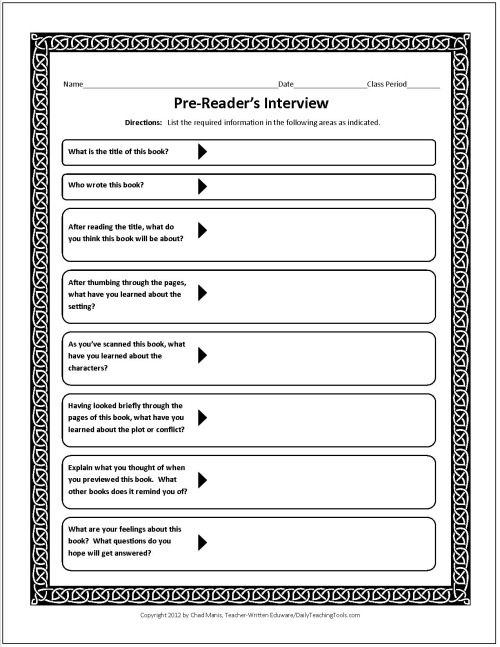 Sakhariev on the novel "Temir-Tau" by Z. Shashkin, published in the summer of 1961 years in the newspaper "Kazakh adebieti". It was natural to expect from this article a serious analysis of the first Kazakh novel about the people of the seven-year-old, its advantages and disadvantages. However, this did not happen. B. Sakhariev, first joining those critics who positively assessed the novel, then essentially crosses out its significance and disputes its originality on the grounds that Kazakh literature is part of the All-Union literature, and in the All-Union literature there were de and before "Temir-Tau" "production" novels. The critic is trying to prove the "non-originality" of Z. Shashkin's work by pointing out the outward similarity of some situations and actions of the characters in the Kazakh novel and G. Nikolaeva's "Battle on the Road". B. Sakhariev is not interested in either the problems that the author poses, or the reality that he depicts, or the plot-compositional structure of the novel, or the images of the characters, but is it possible to correctly resolve the issue of the originality of the work without this, to fairly assess its advantages and disadvantages?
Sakhariev on the novel "Temir-Tau" by Z. Shashkin, published in the summer of 1961 years in the newspaper "Kazakh adebieti". It was natural to expect from this article a serious analysis of the first Kazakh novel about the people of the seven-year-old, its advantages and disadvantages. However, this did not happen. B. Sakhariev, first joining those critics who positively assessed the novel, then essentially crosses out its significance and disputes its originality on the grounds that Kazakh literature is part of the All-Union literature, and in the All-Union literature there were de and before "Temir-Tau" "production" novels. The critic is trying to prove the "non-originality" of Z. Shashkin's work by pointing out the outward similarity of some situations and actions of the characters in the Kazakh novel and G. Nikolaeva's "Battle on the Road". B. Sakhariev is not interested in either the problems that the author poses, or the reality that he depicts, or the plot-compositional structure of the novel, or the images of the characters, but is it possible to correctly resolve the issue of the originality of the work without this, to fairly assess its advantages and disadvantages?
A deep aesthetic analysis is what many performances of Kazakh critics lack.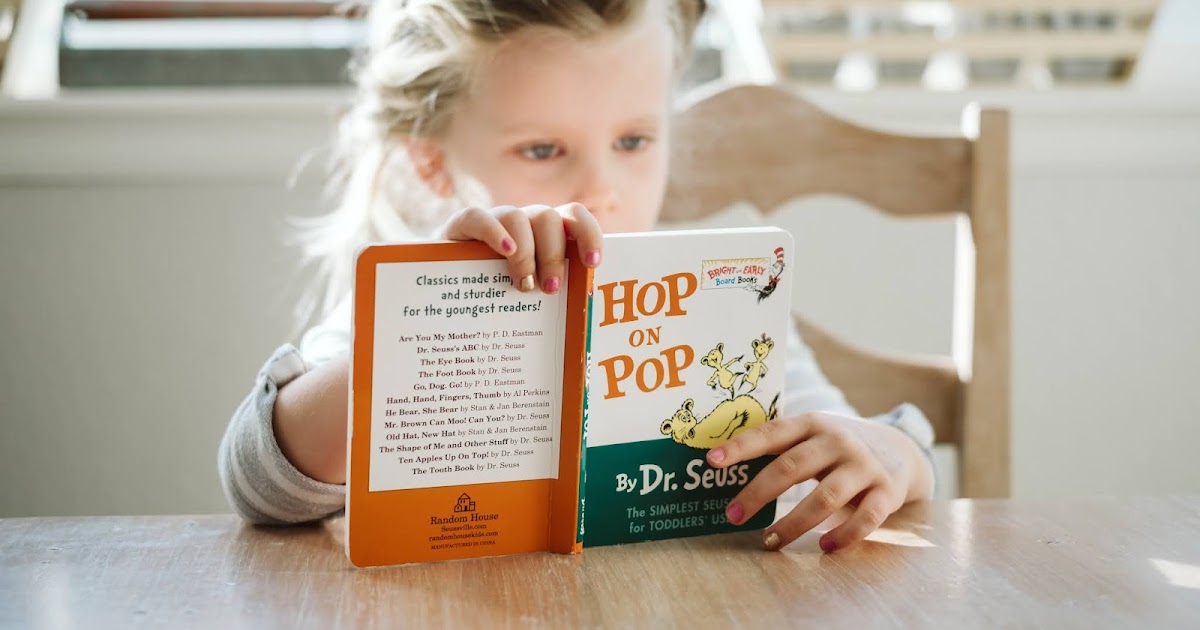 Sometimes even the right thoughts and fair assessments are not supported by the study of the figurative structure of the work, critics fail to explain why one is good and the other is bad. The vagueness of aesthetic criteria often leads to arbitrary assessments and characteristics, to the inability to determine the features of the writer's talent.
Sometimes even the right thoughts and fair assessments are not supported by the study of the figurative structure of the work, critics fail to explain why one is good and the other is bad. The vagueness of aesthetic criteria often leads to arbitrary assessments and characteristics, to the inability to determine the features of the writer's talent.
In this regard, I would like to recall the wonderful words of AV Lunacharsky. Noting the importance of a clear worldview for a critic, the ability to find the most effective means of expression, he resolutely stated: “But neither worldview nor expressiveness (from the artistic point of view) is needed for someone who cannot develop them precisely in the field of artistic, that is, figurative fabric” # # A.
Would you like to continue reading? Subscribe for full access to the archive.
Already subscribed? Log in to access the full text.
90,000 “Before the reader-as before"Komsomolskaya Pravda
Starkulture: Book Shelf
April 5, 2022 13:00
Visitors to literary Internet portals are discussing books by the popular writer Alexander Lapin
Alexander Lapin.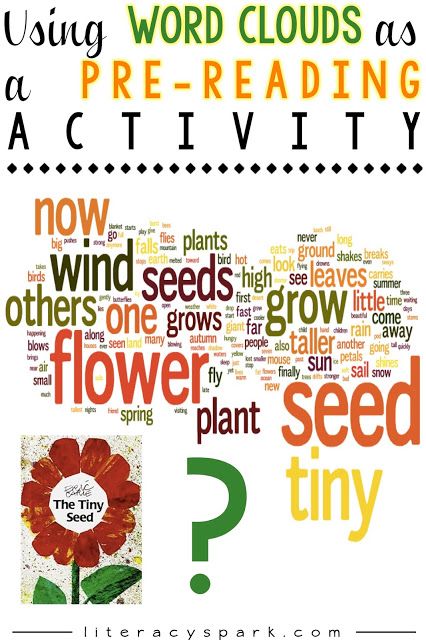 Photo: Natalia BAZOVA.
Photo: Natalia BAZOVA.
Ilya Nikolaev, website labirint.ru:
“Once, back in Soviet times, our family had a wonderful home library. Many people remember how difficult it was with books then - something decent could only be exchanged for handed over waste paper ... And now there is a lot of everything, but it is difficult to choose something worthwhile. I rarely buy something, but I decided to start replenishing. One of the first acquisitions was the four-volume edition of our contemporary Alexander Lapin.
I have not read this author before, but I came across his interviews more than once - a smart man! The first volume is behind, a wonderful book, it includes a large-scale novel "Russian Cross". It is about my peers, whose youth fell on quiet stagnant years. And then - perestroika, the collapse of the USSR. What will become of the pure high school friendship? Everyone has their own path, but all destinies will constantly intersect. Paradise Lost, The Fearless Generation, Well Wishes - all parts of the novel cover different periods, and you can see how the characters change in new circumstances.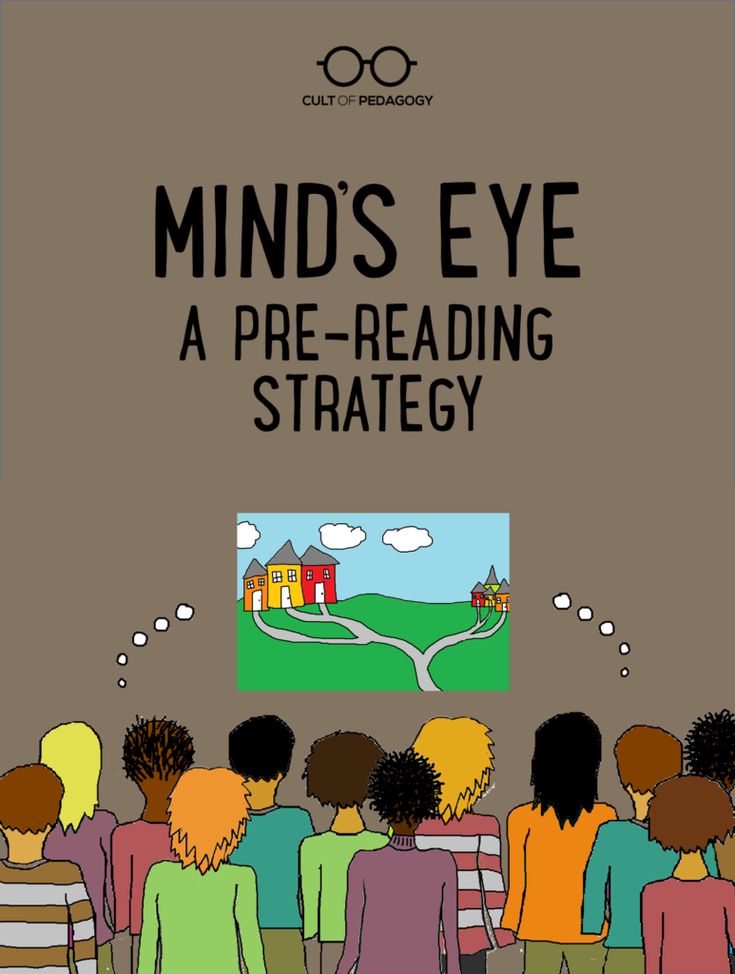 This is interesting, believe me, especially for those who involuntarily begin to compare what is written with what they have experienced.
This is interesting, believe me, especially for those who involuntarily begin to compare what is written with what they have experienced.
Roman Jol, website bookmix.ru:
“Alas, the parable “Viruses” from the trilogy “The Book of the Living” by Alexander Lapin turned out to be very relevant for me. I fell under the distribution, like many. He spent two weeks in the hospital. After being discharged, I lay in quarantine, and this book turned up in such a mood.
Who will read, I think, will not regret the time spent. "Viruses" from the whole triumvirate I single out especially. Not because it is relevant: this topic has already stuck on everyone’s teeth so that, on the contrary, I want to be distracted. But here is this unusual presentation in the form of a parable, and without tediousness and any morality. Calmly, contemplatively, thoughtfully, the author presents the simple story of the shaman Volodya and his wife. I will not retell, this is a thankless task.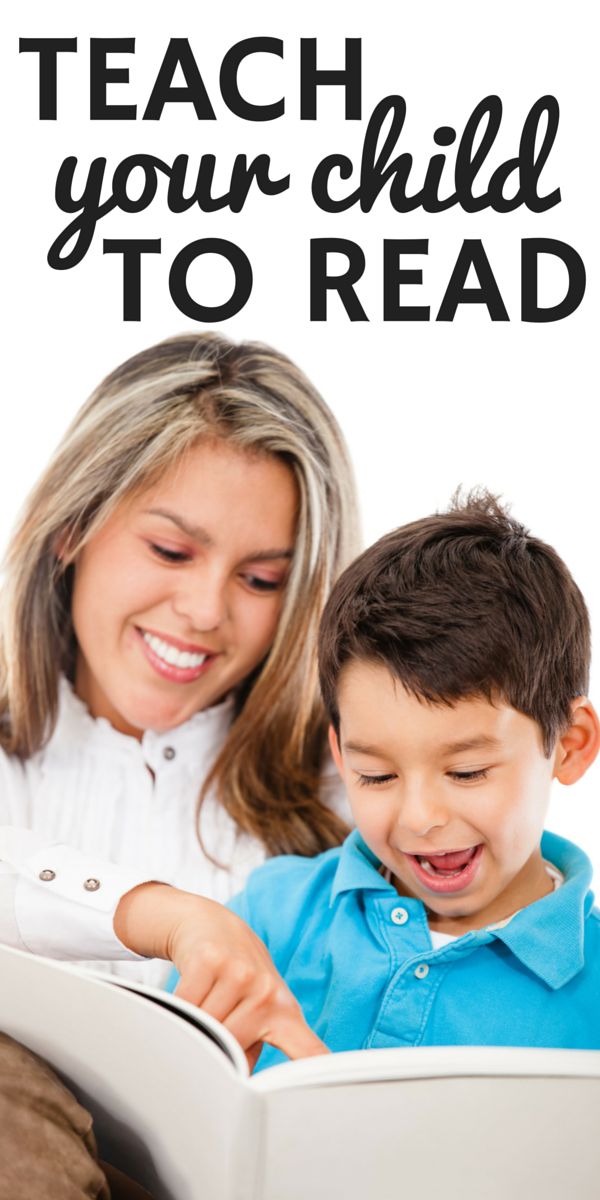 In general, I liked it.”
In general, I liked it.”
Vladimir Vesnyansky, labirint.ru:
“In order to write a lot and well, you need to know a lot, and not only in theory, but also have life experience. Obviously, Lapin has it all. Because the "Book of the Living" was created by a person who thinks, knows and has seen different things in his lifetime. In this trilogy, I really liked the story "Roman and Daria", where on the way of two very young lovers Father Anatoly meets so timely and by the way. Once upon a time, in the world, a monk was none other than a commando. But this is how his fate turned out. Such unexpected encounters and turns are generally very characteristic of Alexander Lapin's writing style. This meeting will radically change the lives of many people. Read it in one breath, I assure you. Maybe this book will help you in some way. So have a nice and exciting, at the same time serious reading!”
Katya Perovskaya, livelib.ru:
“I grew up in, as they say now, “stagnant” Soviet times.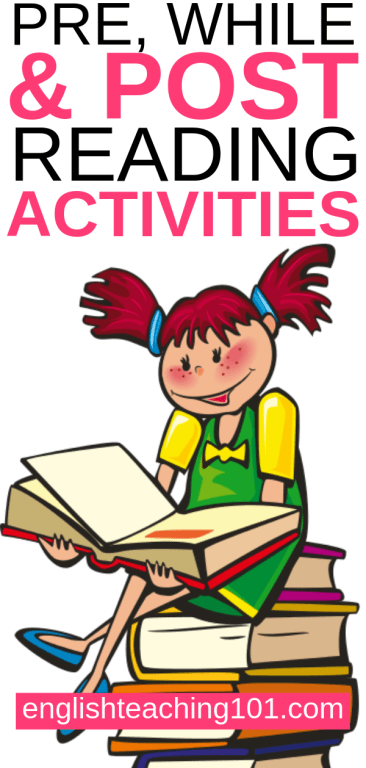 We didn’t know anything then - we just lived as we lived. And for me, for example, it was very good, because I, like the protagonist of the novel "Crimean Bridge" by Alexander Lapin, just from the cohort of "golden youth". My parents were party workers. Grandparents are from the generation of winners, true Leninists and real builders of communism. These are exactly the ones that the author of the novel describes the grandmother of the protagonist.
We didn’t know anything then - we just lived as we lived. And for me, for example, it was very good, because I, like the protagonist of the novel "Crimean Bridge" by Alexander Lapin, just from the cohort of "golden youth". My parents were party workers. Grandparents are from the generation of winners, true Leninists and real builders of communism. These are exactly the ones that the author of the novel describes the grandmother of the protagonist.
But not only this is close to me in the book, of course. What did you like? Directness, boundless honesty of the writer. A strong feeling that in front of the reader - as in front of oneself.
Alevtina, my-shop.ru:
“As a person of the older generation, I am impressed by the serious approach of Alexander Lapin, the author of the book “Crimean Bridge”, to the events described. It is felt that a person did not invent everything out of his head, but experienced a lot in his experience. Thank you for this, for such scrupulousness and truthfulness.
Of course, as a person born in the USSR, I am interested in everything related to the terrible historical upheaval that took place in the 90s, when we were unable to save a great country, a great power. Everyone was hit on the head then, that's what permissiveness and democracy led to. Now we are reaping the rewards. And we will reap for a long time.
The book talks a lot about friendship and betrayal, about everything that happened in the post-Soviet space. Everything then crawled out into the light of God. So, I think, this story will be both close and instructive to many.
“To the reader as to yourself”
DON'T MISS IT!
The author turns ... into a hero
The biography of Alexander Lapin has been published.
How do the author's works reflect the sharp turns of his personal life? To what extent does the writer's own experience influence the thoughts and actions of the characters? Is there a direct connection here at all? Fans of Alexander Lapin's work have a unique opportunity to find answers to these and many other questions.
In the library of Literaturnaya Gazeta, Maxim Gorokhov's book "Create in Russian" has been published. It is a detailed and honest biography of a famous writer who managed to rise from the very bottom of the social ladder to the real heights of not only professional success and material well-being, but also spiritual development. On this path, he had to try on many roles and overcome many trials. It is no coincidence that the subtitle of the book is “The Five Lives of Alexander Lapin”. Do not miss the opportunity to live them with the hero!
Books by Alexander Lapin can be ordered by calling (4872) 501292 or purchased at the Press store at the address: Tula, Lenin Ave., 116.
Age category of the site 18+
Online publication (website) registered by Roskomnadzor, certificate El No. FS77-80505 dated March 15, 2021
I.O. EDITOR-IN-CHIEF - NOSOVA OLESIA VYACHESLAVOVNA.
I.O. Chief Editor of the site - Kansky Viktor Fedorovich
Messages and comments from site readers are posted without preliminary editing.